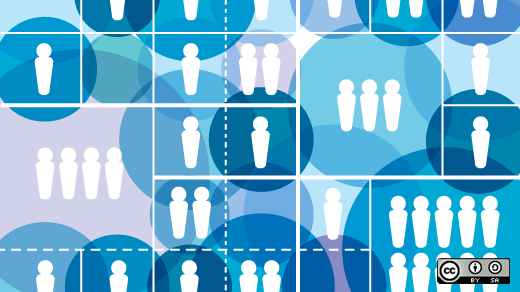In our experience, every marketing team is different--but increasingly they have a few things in common. For a start, it's rare to find the whole team in any single place on any given day. More often, we find teams distributed across cities, countries, and fairly frequently, continents. The members of a team have also changed: full time employees are usually in the minority among a collection of contractors, freelancers, and agencies who are treated as an integrated part of the team, rather than a simple supplier.
These changes have all sorts of economic and social drivers, but they bring with them challenges of their own: collaboration is harder when you are not face-to-face, you work to slightly different processes, and at different hours.
The most common tools of collaboration don't help overcome these issues. I have yet to meet the person who loves conference calls. While it may be good to talk, it's not necessarily good to all talk at once. Then there's email: endless chains of debate as multiple versions of documents get passed back and forth between stakeholders. Some comments are in the document, some are in the email. Some people inevitably don't receive things because the attachment was larger than their corporate server would allow.
So what's the answer? Based on our work with marketing teams around the world, here are a few tips that we have picked up:
Define your process early. The deadline is rarely as far out as we would like, so it's easy to leap into projects with both feet. Even if we have time to lay out the project roadmap to all the stakeholders, how often do we spend the extra time defining the process we will all use to operate? We might agree on a weekly conference call, actions, or status report--but that's rarely enough. Some of the most successful teams take the time to design a set of rules for collaboration and carefully induct every team member into that process. It takes time but it saves a huge amount of pain down the line.
Set the culture. Alongside formal processes, it is vital to define a culture of collaboration. For example, how open and widely should feedback be distributed? We have all seen the little sub-discussions that take place, often via email, when people don't want to let certain members of the team see critical feedback. Things like this split teams and consume lots of additional time. Defining an open culture of feedback, and even a policy on tone and format, can make everyone more comfortable with a truly participative approach.
Capture, capture, capture. We've noticed a huge amount of loss in collaborative projects: loss of data, discussions, ideas, revisions, and even whole documents. Time is lost and frustration caused because information is not captured at every stage--or, if it is, it is often captured in formats that are easily misplaced or can't be shared or searched. Documents have to be recreated and decisions are questioned. If things do go bad, blame can be misattributed. However you choose to collaborate, a formal process for capturing and sharing the data of the collaboration is vital.
Where is everyone? When you're in the same office you get all sorts of information from your colleagues, starting with the most basic: are they in the office, what are they working on, are they happy. When you work at different hours on different sites, this is much harder. Status updates shared across the team, via social networks or collaboration platforms, can give a real sense of community and keep people feeling connected to the team at all hours.
Open access. There is huge diversity in working styles today, up to and including the types of devices we choose to work on. With so many people working on the move and out of the office, it's important to make sure that they can access the team, content, documents, and processes from anywhere and at any time. Making sure that documents can be accessed and read on iPhones, iPads, BlackBerrys, and Android devices keeps the project flowing around the clock.
Leverage social mechanisms. The rise of social media has given us some new tools to consider for the workplace. Not so much the networks themselves--though these can be useful--but rather the mechanisms they use. I've already mentioned the status update above, but the 'like'-style voting function is increasingly prevalent too. I've seen some teams use this to define priorities, select ideas from a pool, and even to approve content. Consider bringing social mechanisms like this into your team's collaboration processes.
Because every team is unique, this advice will mean different things to different people. But I can say with some confidence that even the process of examining how you collaborate can have benefits--it's just not something we get the time to think about very often.
Whether the changes you make are around process and culture, or collaboration and social platforms, time spent considering the way you work together can have a serious impact on productivity and happiness throughout a team.






4 Comments